|
Books By Author Roy Stokes |
Enquiries on Books to : enquiries@irishwrecks.ie |
|
|
|
ADVENTURES OF THE FAMINE DIVER
WILLIAM CAMPBELL |
|
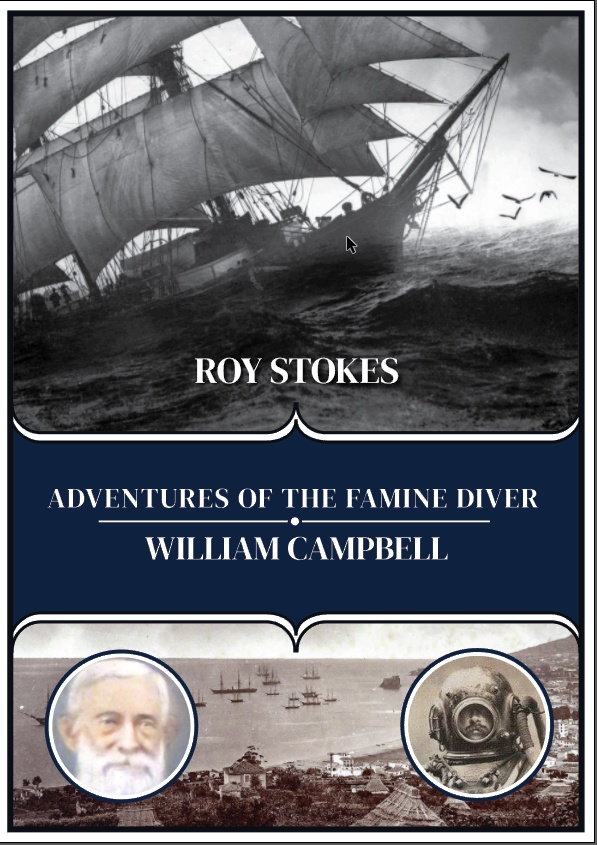
|
Click To Purchase From Publisher |
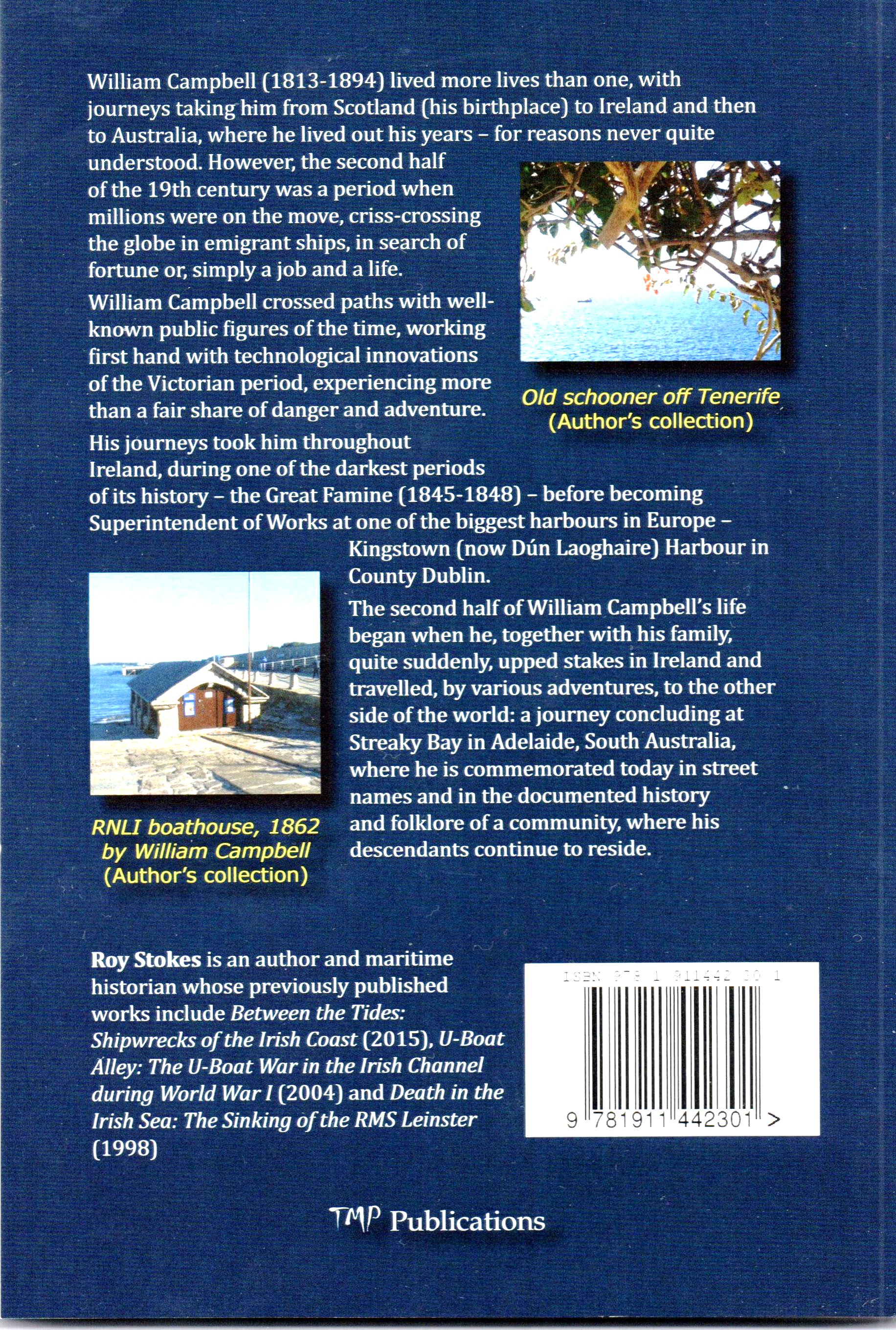
|
|
|
BETWEEN THE TIDES |
SHIPWRECKS OF THE IRISH COAST |
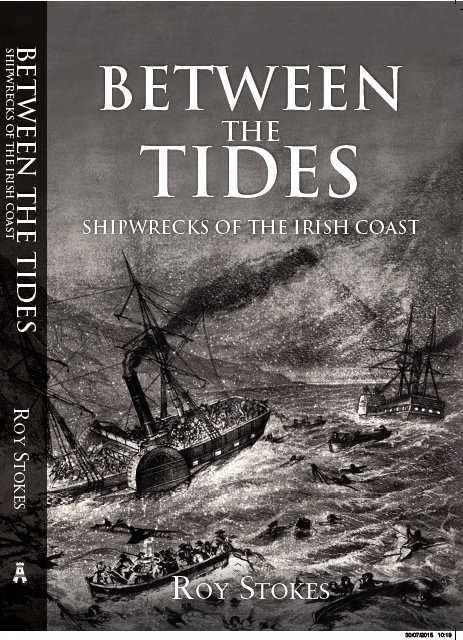
|
Purchase From Publisher
|
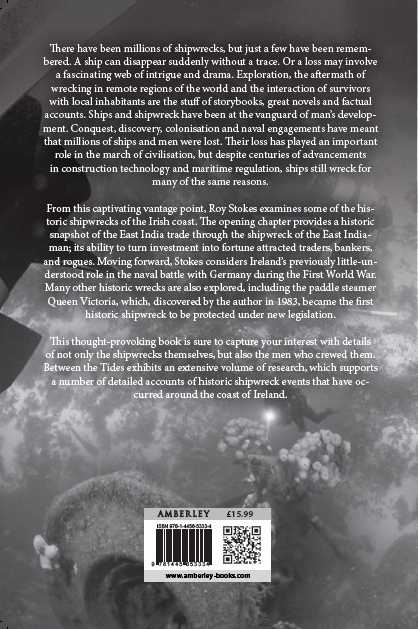
|
There have been millions of shipwrecks, but just a few have been remembered. A
ship can disappear suddenly without a trace. Or a loss may involve a fascinating
web of intrigue and drama. Exploration, the aftermath of wrecking in remote
regions of the world and the interaction of survivors with local inhabitants are
the stuff of storybooks, great novels and factual accounts. Ships and shipwreck
have been at the vanguard of man’s development. Conquest, discovery,
colonisation and naval engagements have meant that millions of ships and men
were lost. Their loss has played an important role in the march of civilisation,
but despite centuries of advancements in construction technology and maritime
regulation, ships still wreck for many of the same reasons.
From this captivating vantage point, Roy Stokes examines some of the historic
shipwrecks of the Irish coast. A historic snapshot of the East India trade is
provided through the shipwreck of the East Indiaman; its ability to turn
investment into fortune attracted traders, bankers, and rogues. Moving forward,
Stokes considers Ireland’s previously little-understood role in the naval battle
with Germany during the First World War. Many other historic wrecks are also
explored, including the paddle steamer Queen Victoria, which, discovered by the
author in 1983, became the first historic shipwreck to be protected under new
legislation.
This thought-provoking book is sure to capture your interest with details of not
only the shipwrecks themselves, but also the men who crewed them. Between the
Tides exhibits an extensive volume of research, which supports a number of
detailed accounts of historic shipwreck events that have occurred around the
coast of Ireland. |
|
Death in the Irish Sea |
|
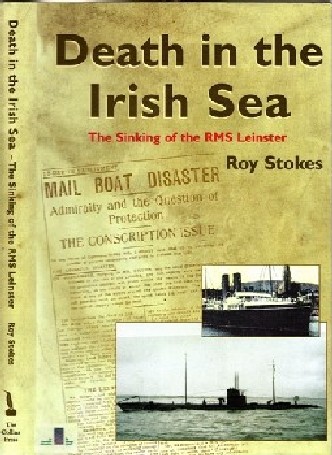
|
DEATH IN THE IRISH SEA
One month before the end of the First World War, on the 10th October 1918, the
mailboat RMS Leinster was sunk when three torpedoes were fired at it by
submarine UB 123. More than 500 lives were lost. This book reveals for the first
time the full circumstances surrounding Ireland’s greatest maritime disaster. It
deals with previously unanswered questions which include:
Why did German submarine commanders consider these mail boats to be a legitimate
targets and have specific orders to attack and sink them?
What was the extent of the military role played by these mail boats?
Why did repeated pleas to the Admiralty for armed escorts go unheeded?
Was the second and surprisingly large explosion caused by similar circumstances
to those in the Lusitania incident?
Why were the offices of the Evening Herald closed when it attempted to issue a
‘Stop Press’ edition covering the sinking?
Why was the subsequent limited inquiry censored?
|
|
U-Boat Alley |
|
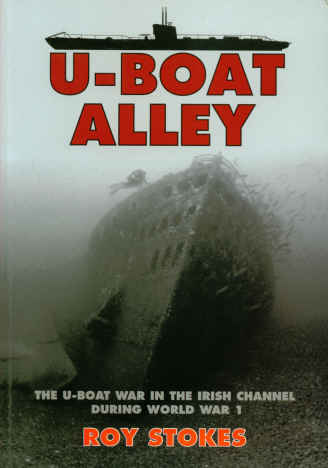
|
U-BOAT ALLEY
Soon after America declared war in 1917, the unsustainable number of Allied and
neutral ships being sunk began to decline. This marked a turning point in U-boat
tactics that led to a dramatic increase in the number of ships being attacked in
the channel seperating Ireland and England.
The losses in these new killing zones began to soar, and the destruction of
vessels soon began to light up the night's skies. Naval and air patrols or even
daylight hours afforded little protection to coaster or cruiser. Only short
distances from the shores on both sides of the channel, many of the victims were
seen plunging beneath the waves.
Mines were laid across the approaches to the ports of Holyhead, Liverpool, The
Clyde, Belfast, Dublin and Arklow. The U-boats themselves were attacked with
gunfire, depth charged, rammed and sunk by the allied warships of Great Britain
and the United States. Despite the adoption of a wide variety of anti submarine
measures by the Allies in the ‘Irish Channel’, these did not prevent hundreds of
sailors and their vessels being blown to smithereens during the campaign to keep
Britain supplied.
With infrequent exceptions, the importance of the U-boat war in the George’s
Channel, the Irish Sea and the North Channel, particularly during 1917-18, has
not been historically recognised. Preventing food, men and materials reaching
Britain had remained a key strategy to a German victory. The story of how
Ireland helped to defeat this aim and kept Britain from starving during World
War I has remained untold.
Similar events were largely absent in the same areas during World War II, and
now it has become unimaginable that a prolonged naval campaign involving
submarines, battleships and aircraft could have occurred the there a quarter of
a century earlier.
Hardly any folklore of the terrible loss of life and brave actions by ordinary
sailors in vulnerable vessels has survived. It has often been said, that a
generation was wiped out by WW1. Perhaps this is why no memory remains of the
events that occurred in 'U-boat Alley'? |